Introduction
Dried small fish, often referred to as “dried fish fillets” or simply “fish jerky,” are a popular snack and ingredient in various cuisines worldwide. They are cherished for their rich flavor, crunchy texture, and long shelf life. Whether you’re looking to preserve a catch from your latest fishing trip, create a unique snack for your family, or add a unique ingredient to your cooking, learning how to make dried small fish can be a rewarding endeavor.
In this comprehensive guide, we’ll walk you through the entire process of making dried small fish, from selecting the right fish to storing the final product. We’ll cover essential tips, common pitfalls to avoid, and variations to suit your taste preferences. By the end of this guide, you’ll be equipped with the knowledge and skills to make delicious, homemade dried small fish.

Chapter 1: Selecting the Right Fish
The first step in making dried small fish is selecting the right type of fish. While various species can be used, certain characteristics make some fish more suitable for drying than others.
1 Size and Species
Smaller fish, such as sardines, anchovies, and smelt, are ideal for drying because they have a higher ratio of skin and bones to meat, which aids in the preservation process. Larger fish can also be dried, but they may require more time and effort to prepare and may not have the same texture as smaller fish.
When choosing a species, consider its fat content. Fish with moderate fat content, like trout or mackerel, can be dried successfully but may require careful monitoring to prevent rancidity. Very fatty fish, like salmon, can be challenging to dry properly without developing off flavors.
2 Freshness
Freshness is crucial when it comes to making dried fish. Use fish that has been caught and handled properly to ensure it is free from contaminants and has not started to spoil. Look for fish with firm flesh, bright eyes, and a fresh, clean scent. Avoid fish with slimy skin, dull eyes, or a strong, fishy odor.
3 Seasonality
Certain fish are more abundant and available at specific times of the year. Drying fish during its peak season can not only provide better quality but also be more cost-effective. Research the seasonal availability of the fish you plan to dry and plan your project accordingly.
Chapter 2: Preparing the Fish
Once you’ve selected your fish, it’s time to prepare them for drying. This involves cleaning, scaling, and filleting the fish, as well as removing any unwanted parts.
1 Cleaning and Scaling
Start by rinsing the fish under cold running water to remove any dirt or debris. Use a fish scaler to remove the scales from the skin. Be careful not to tear the skin, as it will help protect the fish during the drying process.
2 Filleting
Next, fillet the fish. This involves cutting the fish along its backbone and removing the meat from the bones. You can use a sharp knife for this task. Aim for clean, even cuts to ensure uniform drying.
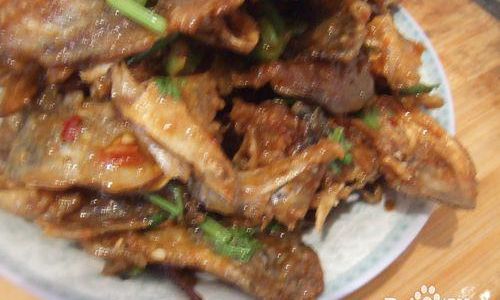
If you prefer to dry the whole fish, you can skip the filleting step. However, note that whole fish may take longer to dry and may have a different texture than fillets.
3 Removing Bones and Pin Bones
If you’re drying fish fillets, use tweezers or a small pair of pliers to remove any pin bones that remain in the flesh. This will make the final product more enjoyable to eat.
4 Brining (Optional)
Brining is a step that some people choose to include in the drying process to enhance flavor and preserve the fish. To brine the fish, mix a solution of salt and water (usually around 1 cup of salt per gallon of water) and soak the fish in it for a few hours. Rinse the fish thoroughly after brining to remove any excess salt.
Chapter 3: Drying Methods
There are several methods you can use to dry fish, each with its own set of pros and cons. The method you choose will depend on your preferences, available equipment, and the desired texture and flavor of the final product.
1 Air Drying
Air drying is the most traditional and straightforward method of drying fish. It involves hanging the fish in a well-ventilated area where the air is dry and cool. The temperature should be between 60-80°F (16-27°C) to prevent bacterial growth.
To air dry fish, string the fish fillets or whole fish on a line or rack and hang them in a shaded area. Use a fan to circulate the air if necessary. Air drying can take several days to a week, depending on the size of the fish and the humidity levels.
2 Sun Drying
Sun drying is similar to air drying but uses direct sunlight to speed up the process. It’s important to note that sun drying can cause the fish to develop a stronger flavor and darker color.
To sun dry fish, place the fish on a rack or tray and set it in a sunny location. Cover the fish with a cheesecloth or fine-mesh net to protect it from insects and debris. Turn the fish occasionally to ensure even drying. Sun drying can take a few days, depending on the intensity of the sunlight and the size of the fish.
3 Oven Drying
Oven drying is a faster method of drying fish that requires less space and is less dependent on weather conditions. To oven dry fish, preheat your oven to its lowest setting, usually around 150°F (65°C). Place the fish on a wire rack set over a baking sheet to catch any drips.
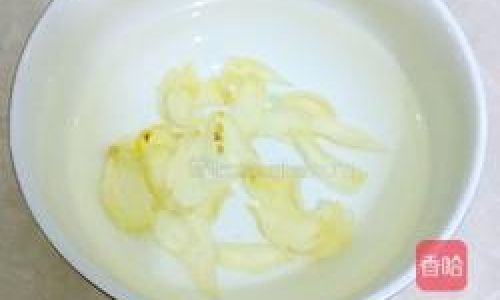
Dry the fish in the oven for several hours, checking it periodically to ensure it’s not overcooking. The exact drying time will depend on the size and thickness of the fish. Oven-dried fish may have a slightly different texture and flavor than air or sun-dried fish.
4 Dehydrator Drying
Using a food dehydrator is another effective method of drying fish. Dehydrators provide a controlled environment with adjustable temperature and airflow settings, making it easier to achieve consistent results.
To dehydrate fish, follow the manufacturer’s instructions for your specific model. Generally, you’ll place the fish on the dehydrator trays and set the temperature to around 140-150°F (60-65°C). Dehydrate the fish for several hours, checking it periodically until it reaches the desired texture.
Chapter 4: Finishing Touches
Once your fish is fully dried, it’s time to add any final touches to enhance its flavor and appearance.
1 Smoking (Optional)
Smoking is a traditional method of preserving and flavoring dried fish. It adds a delicious smoky flavor and can help further preserve the fish.
To smoke the fish, you’ll need a smoker or a grill with a smoking attachment. Preheat the smoker to a low temperature, usually around 150-200°F (65-93°C). Place the dried fish on the smoking racks and smoke it for a few hours, until it reaches the desired flavor and color.
2 Seasoning
Seasoning your dried fish can add extra flavor and make it more enjoyable to eat. You can use a variety of spices, herbs, and oils to season your fish. Some popular options include salt, pepper, paprika, garlic powder, and olive oil.
To season the fish, simply sprinkle or brush the seasonings onto the dried fish. You can do this before or after smoking, depending on your preferences.
3 Storing
Proper storage is essential to ensure your dried fish stays fresh and flavorful. Store the fish in an airtight container in a cool, dry place. Avoid exposing it to direct sunlight or high temperatures, as this can cause it to spoil.
Dried fish can be stored for several months, depending on the drying method and storage conditions. If you notice any signs of mold, discoloration, or off flavors, discard the fish immediately.
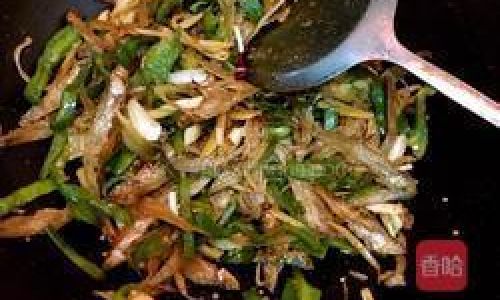
Chapter 5: Variations and Cooking Ideas
Dried small fish is incredibly versatile and can be used in a variety of dishes. Here are some ideas to inspire you:
1 Snacks
Dried fish makes a great snack on its own, especially when seasoned with your favorite spices. You can also pair it with crackers, cheese, or dips for a more substantial treat.
2 Appetizers
Serve dried fish as an appetizer at your next gathering. Pair it with a tangy dipping sauce or a fresh salad for a refreshing start to the meal.
3 Main Dishes
Incorporate dried fish into main dishes like salads, pasta, or stir-fries. Its rich flavor and crunchy texture can add a unique twist to your favorite recipes.
4 Soups and Stews
Dried fish is a traditional ingredient in many soups and stews, particularly in coastal cuisines. Its flavor can add depth and complexity to your favorite soup recipes.
Conclusion
Making dried small
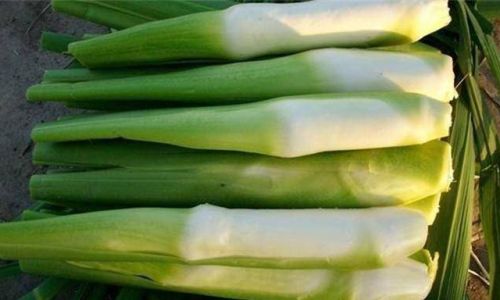
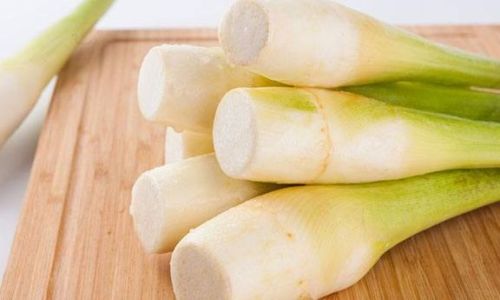
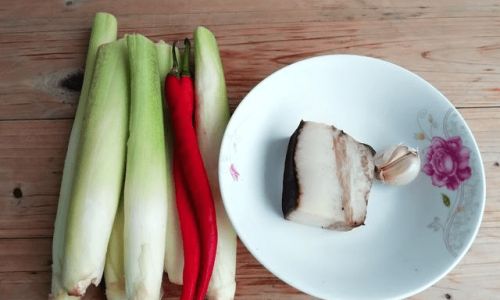


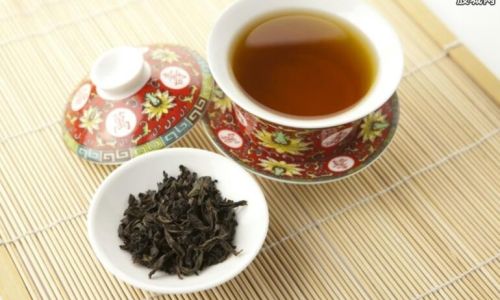
0 comments